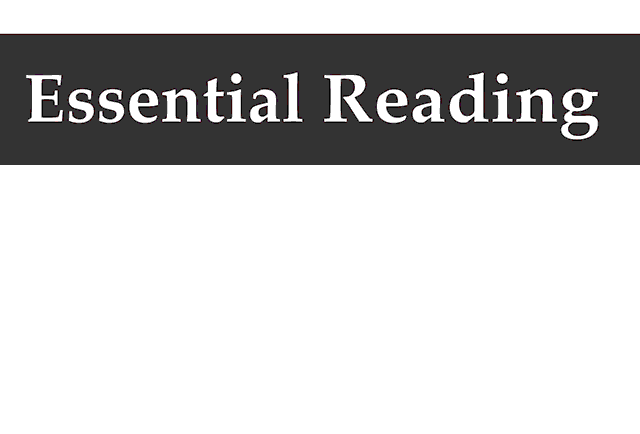 By Norm Coles
By Norm Coles
July 15th, 2025
BURLINGTON, ON
The goal of blackjack is to have dealt cards with a total value that is higher than the dealer’s, or as close to 21 as possible without going over. Meaning that understanding the value of a blackjack card is a crucial step when starting your gaming.
So, don’t start playing blackjack until you’ve learnt the card values in blackjack, as it is the basis of the whole game. At any given point while playing, you should know how many total points you have in your hand and then choose the strategy to use accordingly.
This article provides you with a guide on the values of each blackjack card, explain more about the picture cards and show you the best way to play blackjack and win.
What Are Picture Cards in Blackjack?
 Picture cards, or ‘face cards,’ are all cards that do not have a number written on them. They are usually labeled J, Q, and K. They have the name ‘picture’ or ‘face cards’ because they all contain a drawing with a face. However, their suit is never of importance, since even if you have a ‘face’ instead of a number, the point value will always remain the same.
Picture cards, or ‘face cards,’ are all cards that do not have a number written on them. They are usually labeled J, Q, and K. They have the name ‘picture’ or ‘face cards’ because they all contain a drawing with a face. However, their suit is never of importance, since even if you have a ‘face’ instead of a number, the point value will always remain the same.
How Much Is a Picture Card in Blackjack?
In the most standard versions of blackjack, the picture card is worth 10 points. This means that if you are dealt a jack, queen or king as your first card, then you already have 10 points plus the value of the next card.
As a rule of thumb in blackjack, picture cards will always be 10 points, and aces will be counted as either 1 or 11, so it is best to go for the card that brings you closest to 21 without going over. However, there are a few variations that you may experience while playing blackjack.
For instance, some blackjack games allow you to split pairs of picture cards into two separate hands. This means that each new hand will receive one additional card that will be considered as an entirely separate hand with its value and potential winnings. You can split two different picture cards, such as:
- Q + K
- J + 10
- K + K
Other blackjack variations will also allow you to double down. You place an additional bet on your original bet equal to your total wager and receive an extra card. You can apply these variations as tricks, especially when playing at casinos like OMG Casino which is coming soon, to improve your chances of winning.
Understanding Blackjack Card Values
In blackjack, the number cards, 2 through 10, are taken at face value. This means that whatever number appears on your screen while gaming will represent how many points it’s worth. The blackjack card values are as follows:
| Card Number | Value |
| 2 | 2 |
| 3 | 3 |
| 4 | 4 |
| 5 | 5 |
| 6 | 6 |
| 7 | 7 |
| 8 | 8 |
| 9 | 9 |
| 10 | 10 |
| Jack | 10 |
| Queen | 10 |
| King | 10 |
| Ace | 1 or 11 |
How to Work out Your Hand Value
This is very easy. You just find the total of your hand value by adding the values of each card together. Say your initial two cards had a face value of 6 and 7; then you add the two numbers together to get 13.
But since 13 doesn’t bring you close enough to the dealer’s hand, you may need to draw another card. So if the next card turns out to be 7, then your total hand value will be 19.
Strategies to Leverage Picture Cards
Blackjack card values help you determine how many points you have in your hand and the best strategy to go by. Depending on the total value of your cards, the decision you make will continually change.
 Here is a list of some of the basic strategies to use:
Here is a list of some of the basic strategies to use:
- Always stand if you have 18 points or more.
- Remain standing if you have 17 points, but surrender if the dealer shows an ace
- You have three options if your total points are 16. You can decide to hit if the dealer’s card is 7 or 8; stand when the card is 2, 3, 4, 5 or 6; and surrender when it is 9,10 or Ace.
- If you have 11 points, always hit unless the dealer shows 4, 5, or 6.
Conclusion
Understanding card values is an essential skill, and we hope that from our guide, you are now well-equipped and can start playing blackjack at any time. All you have to remember is that all cards in blackjack are valued at their face value, except for the pictured blackjack and Ace. Pictured, a blackjack will always be 10, while an ace can count as either 1 or 11.






